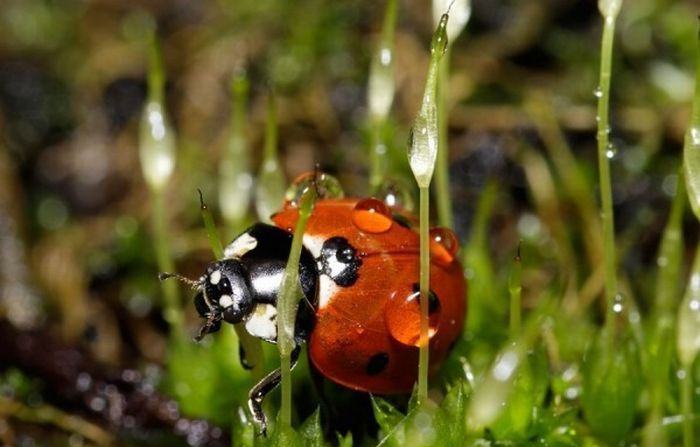|
|
Macro Shooting By Roeselien Raimond
|
- 150–200 mm range gives more working distance — typically used for insects and other small animals
- a few zooms provide a macro option, but they generally do not allow a 1:1 magnification
• Extending the distance between the lens and the film or sensor by inserting either extension tubes or a continuously adjustable bellows, with no optical components; between the camera body and the lens. The further the lens is from the film or sensor, the closer the focusing distance, the greater the magnification, and the darker the image for the same aperture. Tubes of various lengths can be stacked, decreasing lens-to-subject distance and increasing magnification. Bellows or tubes must be removed for normal working at longer distances. They can be used in conjunction with some other techniques (e.g., reversing the lens).
• Placing an auxiliary close-up lens in front of the camera's taking lens. Inexpensive screw-in or slip-on attachments provide close focusing at very low cost. The quality is variable, with some two-element versions being excellent while many inexpensive single element lenses exhibit chromatic aberration and reduced sharpness of the resulting image. This method works with cameras that have fixed lenses, and is commonly used with bridge cameras. These lenses add diopters to the optical power of the lens, decreasing the minimum focusing distance, and allowing the camera to get closer to the subject.
|
|









